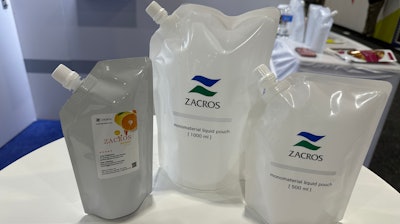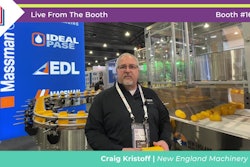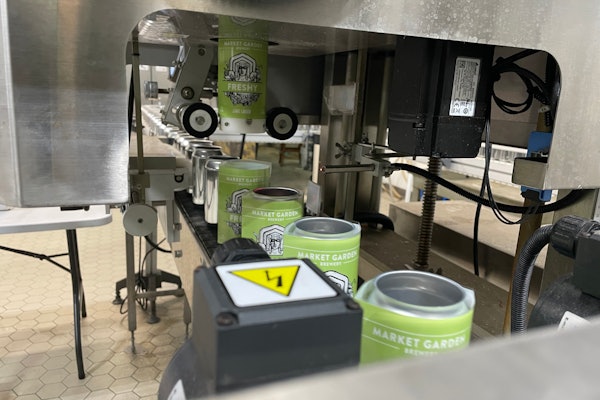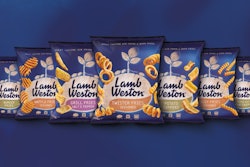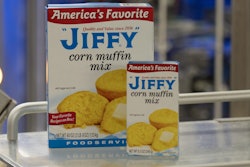Liquid and viscous personal care and home cleaning products like hand soap, shampoo, glass cleaner, and dish soap are frequently sold in rigid PET, HDPE, or even aluminum dispenser bottles that have always been durable enough to be refilled and reused over many cycles. Only now are they beginning to be used that way, improving their sustainability profiles with extended usefulness beyond their previous single-use nature. Those PET, HDPE, or aluminum bottles can then be recycled at the end of their useful life—presumably when they inevitably begin to appear a little too shabby for display on the bathroom or kitchen sink.
Refill product is said to be most sustainably delivered in flexible pouches rather than more rigids. The biggest reason for this is that they use a fraction of the plastic material (maybe 15%). An outgrowth of material reduction is that it makes them lighter to ship for a lower CO2 footprint, and prior to filling, can travel as rollstock or 2D, lie-flat pre-cut pouches. That avoids “shipping air” in empty rigids. The benefits are manifest.
To make these filled/sealed flexible pouches leak-proof and robust enough to survive the supply chain as well as their rigid container counterparts, they have historically been multilayer laminated structures. Converter and pouch manufacturer Zacros offers these multilayer structures, and they do the job quite well. They contain layers of nylon for puncture/tear resistance and strength, metallized PET for barrier, tie layers to hold them together, sealant layers over reverse printed decoration—really, whatever a home care product brand owner could want or need. A tradeoff for these highly functional multilayer pouches has been that they are difficult to recycle and can’t be recycled by mechanical means.
More recently, Zacros has rolled out monomaterial (i.e., three different layers of PE, plus sufficiently small amounts of barrier EVOH) pouches with integral nozzles. These aren’t mono-layer—there are several layers of different PE accomplishing different purposes. But since every layer is PE (save for the small amount of EVOH), they qualify for recycling via in-store drop off, with other poly bags. This makes the overall system is recyclable, from durable rigid container (curbside) to refill pouch (store drop-off, but hopefully curbside in the future).
Pouches are available in standard or digitally printed decoration formats. But when these pouches aren’t printed, and instead simply use p-s labels, brands can unlock another benefit: very low minimum order quantity (MOQ). The MOQ for a standard size 1-L Mono Solutions is around 450-460 count, “so it’s a lower barrier to entry for brand owners who just want to get their refill pouches out there in the market,” Zacros’ Satomi Gomez said at the booth. PW
